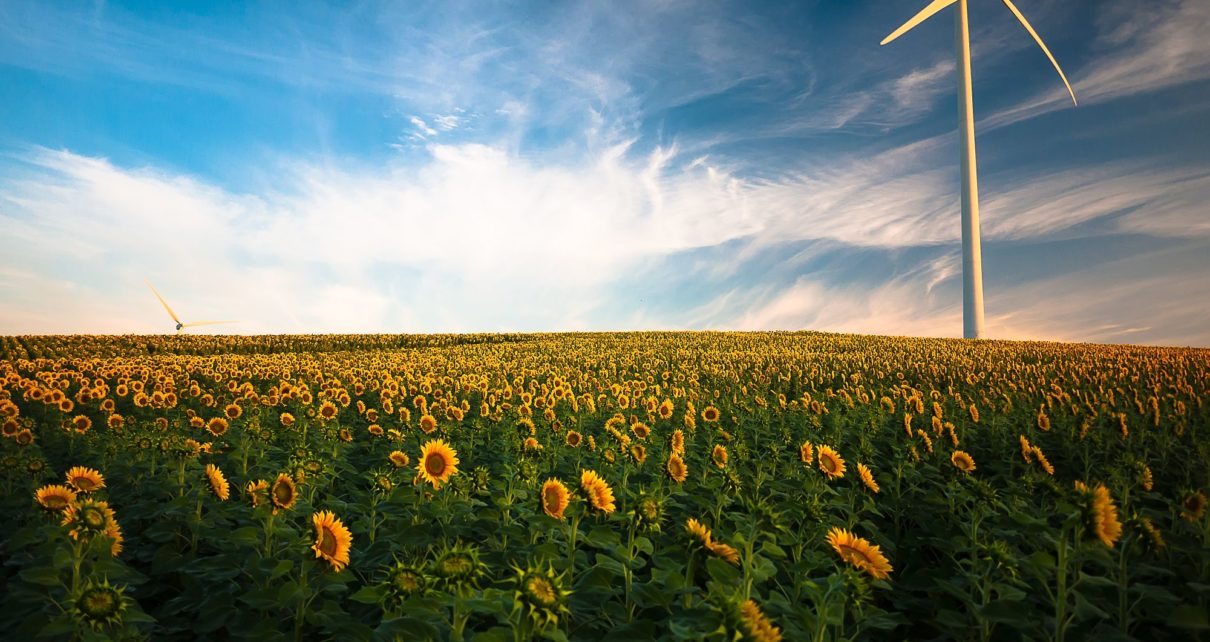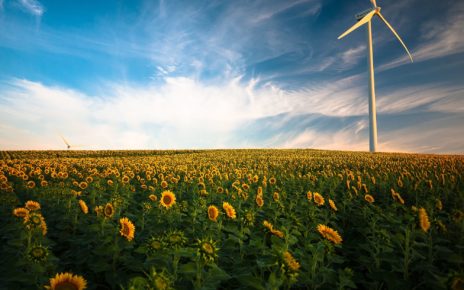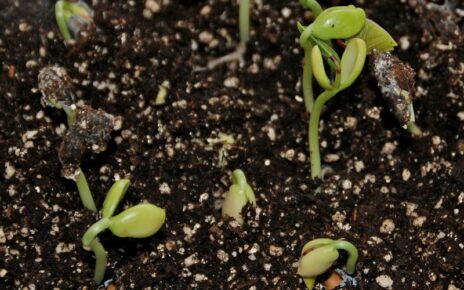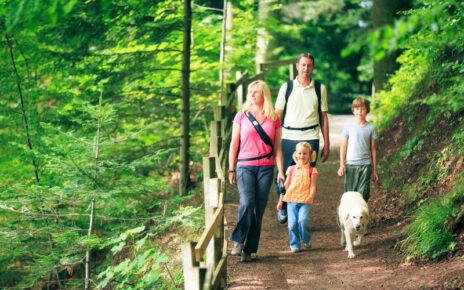A Garden in Four Seasons: The Carl S. English, Jr. Botanical Gardens at the Hiram M. Chittendon Locks
By Leslee Jaquette
Each year 70,000 boats “lock through” the Hiram M. Chittenden Locks in Ballard, Washington. Built and maintained by the U.S. Army Corps of Engineers on the Lake Washington Ship Canal, this popular Seattle destination annually hosts 1.5 million visitors.
Many Northwest boaters, whether locking through or sharing the locks experience with out-of-town guests, have noticed how really beautiful and unique are the Carl S. English Botanical Gardens. Encompassing most of the seven-acres not used for locks and fishladders, the gardens are now more accessible than ever to the public.
Thanks to the publication of a booklet A Garden in Four Seasons: The Carl S. English, Jr. Botanical Gardens at the Hiram M. Chittenden Locks, visitors can learn about the history and flora of this very special destination. The 36-page booklet is published by the not for profit Northwest Interpretive Association based in Seattle and is available at the Locks Visitors Center.
Michael E. Fleming took me for a walking tour of the locks gardens. U. S. Corps of Engineers District Horticulturist and head gardener for more than 30 years, Fleming continue the work of preservation and proliferation of this wonderful public area. Fleming and Lockmaster Craig Lykins co-authored this easy to read, well-mapped and illustrated guide. Here, Fleming “walks me through” the gardens, sharing insights and information that is sure to enhance boaters’ next visit to the locks and gardens.
From Grass to Gardens
After the locks were opened in 1917, the lawns were sparsely dotted with trees and plants donated by the Seattle Parks Department. In 1927 an architect designed the formal gardens just east of the Administration Building. It wasn’t until after Carl S. English, Jr., took over as head gardener in 1934 that the lawn was terraced and the gardens started to transformed into what English called, “a garden worthy of serious study.”
Named in his honor in 1974, two years before his death, English spent 40 years developing a collection of more than 500 plant species, including many rare plants. A man of rare energy and foresight, English spent his vacations exploring the Northwest, often collecting seeds and starts for the gardens. He participated in seed exchanges from around the globe. One such exchange brought what was thought to be an extinct sequoia, the dawn redwood, to the site.
It seems that prior to 1946, botanist thought the dawn redwood had gone the way of the dinosaurs. Then in 1948 a small group of trees was discovered in China. Through Harvard University, English obtained a handful of the seeds. Today, the gardens boast eight of these elegant conifers that enjoy the distinction of being the oldest, dawn redwoods in the United States. The walking guide in the book shows that these trees can be found in bed 112, located near the Cavanaugh House.
Walk, Don’t Run, Through the Trees, Rhodies & Blossoms
When visitors first enter the gardens, they usually walk, “Do Not Pass Go,” directly past the Visitor’s Center, around the Administration Building to the locks and fishladder. Next time, take a little more time, pick up a booklet and meander the trails around the gardens.
Fleming and I met in front of the Visitor’s Center. Here he pointed out the freshly planted begonia garden that, when in mature bloom, is designed in the shape of a castle, the symbol of the corps. Next we wandered back toward the entrance gate, where Fleming explained that the magnificent red horse chestnut trees that line the walk, were planted about 50 to 60 years ago.
The “about” part is that English did not keep records. “So it is a real challenge to set dates, sizes and ages of the plant material in the gardens,” said Fleming. “But we do know that 85 percent of what you see, it’s truly a phenomenal amount, was planted during Carl’s tenure.”
Taking a path very near the gate to the west, we enter the Michael E. Fleming Nursery. Modest about his achievements and dedication, Fleming doesn’t mention this fact. I just happen to have read it in the booklet before our tour. But the nursery is important as it serves as the means of replacing aging and/or vandalized plant material. Shade awnings cover some of the box gardens, allowing the staff of three, full-time, (includes Fleming) gardeners to control the amount of sun and shade these starts receive.
Back near the Administration Building, Fleming proudly points to the hydra-like Heritage Tree. Planted in the early 1930’s, this handsome tree with its many sturdy arms reaching out and up, is the largest of its kind in the state. Next, Fleming aims my attention on a towering sequoia located about 75 yards distant on the west end of the terraced lawn.
He explained that this tree was only four feet tall when it was planted in 1936. Today it measures 110-feet. Unfortunately, in recent years the tree got too much water and the top growth had suffered badly. After removing the top 20-feet, staff has carefully monitored and limited the amount of water it receives. These days the sequoia is quite healthy again.
Next we paused in front of a stand of windmill palms. Yes, said Fleming, these exotics are really quite hardy. But the short answer is that rare plants, such as the silktassel bush and the Japanese pagoda tree, can survive here due to the garden’s location amidst a special microclimate. “The marine influence of Puget Sound, Lake Washington and Greenlake all combine to keep the temperature as much as 10 degrees F. warmer in the winter and 10 degrees F. cooler in the summer,” explained Fleming.
After visiting a new bed of recently transplanted rhododendruns (donated by Weyerhauser) that will help maintain the garden’s 90 species of rhody’s, we toured the rose and flower gardens just east of the Administration Building. Fleming said that the rose garden with 120 different varieties is a major attraction. In addition , the floral beds, which Fleming has decided look like two anchors leaning side-by-side, were changed five years ago from annual to perennial plant material. Fleming noted, “Lots of people like to spread a blanket here and eat a picnic while they enjoy the boats.”
Challenges and Changes
Along with the landscape maintenance issues inherent in preserving the gardens, Fleming observed that given the locks sees so many visitors, there also exist a few “people” challenges. Some visitors want to climb trees, pick flowers and occasionally steal plants and signage.
For example, Fleming once discovered a woman carrying an armload of freshly picked flowers. Instead of levying the posted $500 fine (Please don’t pick!” read the signs), Fleming reprimanded her, saying, “You have just destroyed a lot of plants, no one else can enjoy.”
Besides unpleasant encounters such as this, Fleming continued to observe that overall he has seen an increase in responsible behavior. “I think the public is more attune to the environment all the time.”
In addition to carrying a copy of A Garden In Four Seasons along on boaters next visit to the locks, Fleming suggested that individuals as well as boating and other kinds of associations, call for a personal, free guided tour of the gardens. The horticulture staff enjoys these opportunities to educate groups and share the many, seasonal highlights of the gardens.
So the next time boaters lock through and moor at Shilshole Bay Marina or simply stop in to show guests one of Seattle’s top attractions, consider slowing down to “smell the roses” at the Carl S. English, Jr. Botanical Gardens. With the help of the new guidebook, visitors can further explore the locks’ experience.
SIDEBAR
HEAD: Seasonal Highlights of the Locks Gardens’ Guidebook
A Garden in Four Seasons: The Carl S. English, Jr. Botanical Garden at Hiram M. Chittenden Locks provides visitors with a roundup of garden highlights throughout the seasons. Excellent photography further illustrates each season’s beauty and a complete listing of blooms can be found at the end of the book.
Highlights:
Winter: Bare limbs of deciduous trees, redwoods, pines and evergreens, flowers (viburnum, witch hazel, winter sweet and Christmas rose.)
Spring: Camellias, Japanese flowering cherries, crabapples, rhododendrons, flowers (cyclamen, primrose, crocus and common snowdrop).
Summer: 120 varieties of roses, spiraea, dahlia, marigold, hydrangea, phlox, fuschsia.
Autumn: Fall foliage display, sumac, Japanese maples, sourwood, sour gum and sweet gum.
CONTACT: Hiram M. Chittenden Locks, 3015 N.W. 54th St., Seattle, WA 98107
Visitor Center (206) 783-7059
Administration Office (206) 783-7001
Control Tower (206) 783-7000
Hours: Every day from 7 a.m. to 9 p.m.
Entrance Fee: Free





